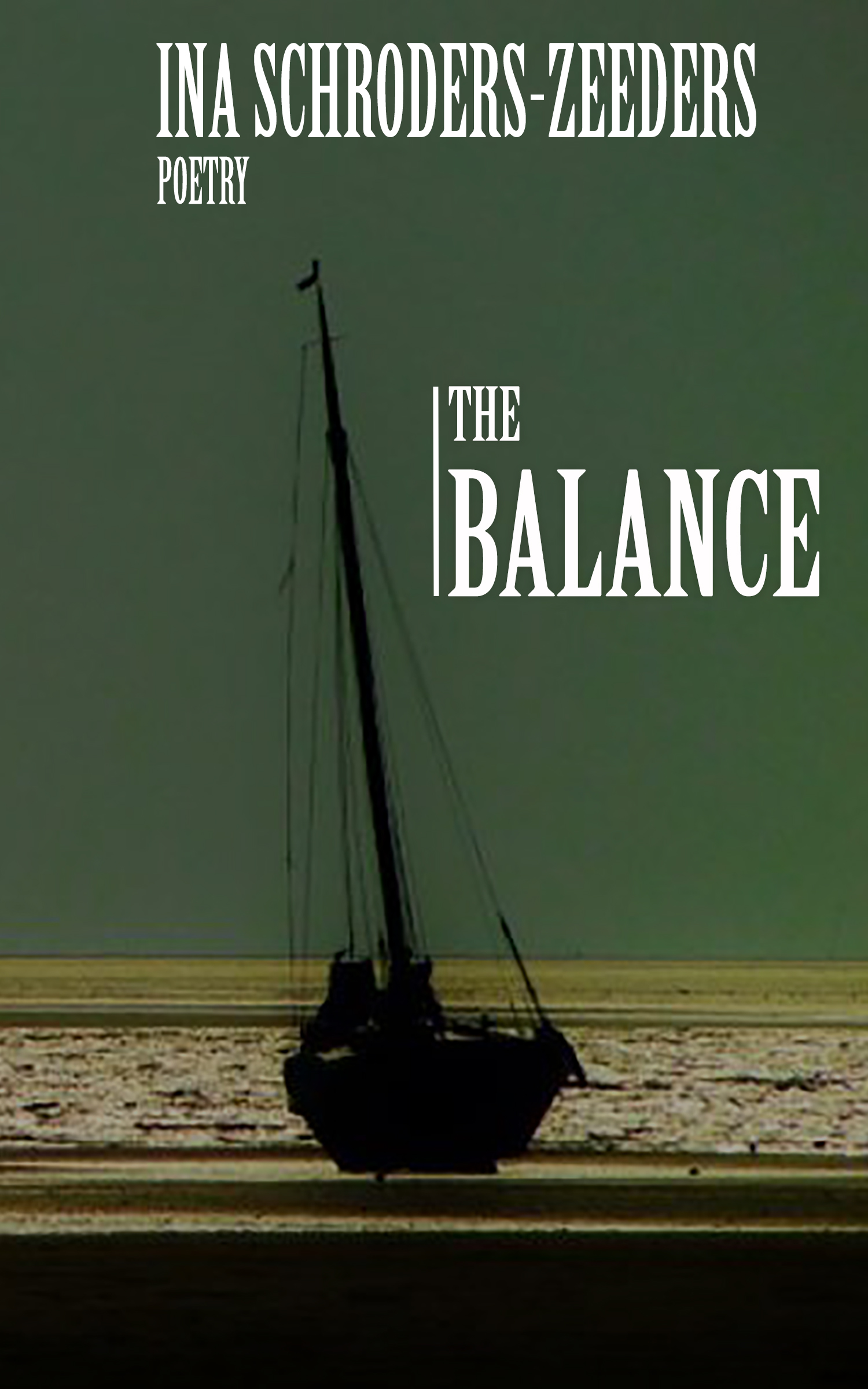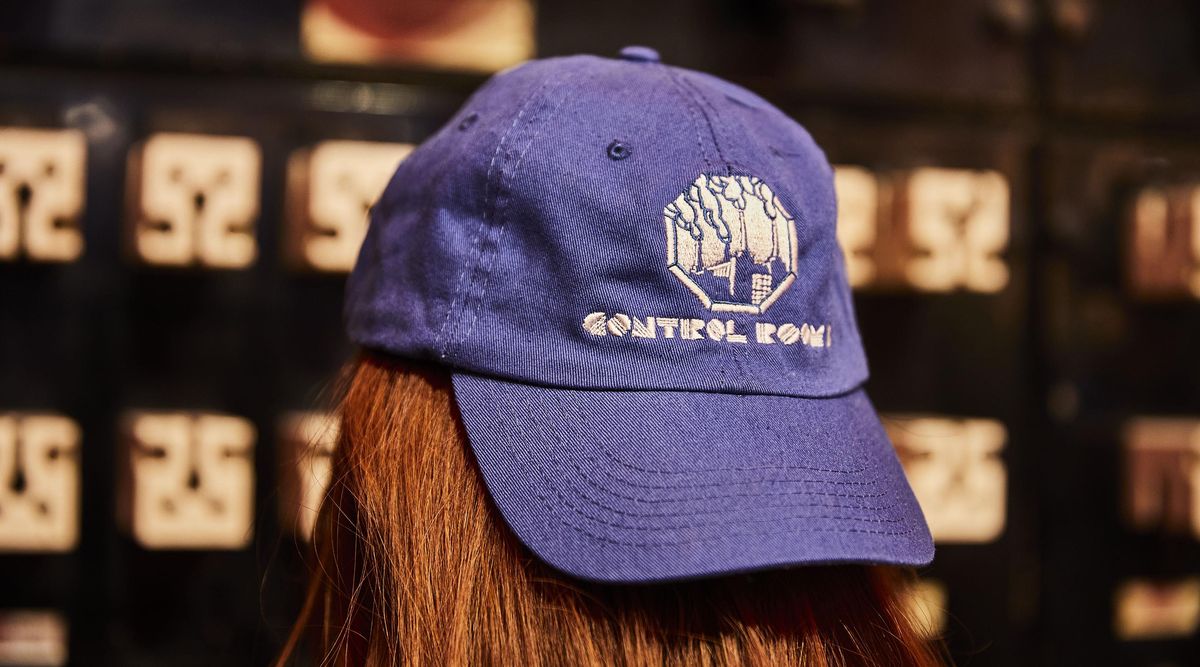Newly
Marcela Pavia - Max E. Keller: Tonhalle Orchestra Zurich, David Zinman, Duo46, Trio Flair, Quadriga Bassoon Ensemble, W. Bärtschi, L. Cella, E. Flückiger, VJ Gloor, M. Gould, G. Kanasevich, P. Kleemola
USD 17.99
Product description
Info text: Music by Marcela Pavia and Max E. Keller Despite their different origins, the music of Marcela Pavia and Max E. Keller of uncompromising clarity of expression, which does not shy away from hard cuts and aggressive gestures, but at the same time works with subtle and innovatively designed timbres. No non-binding arbitrariness: it is about inner necessity and truthfulness, often articulated in insistent, penetrating repetitions with developing variations. Taboos of the avant-garde, such as avoiding a noticeable pulse, are questioned or even made a topic. Marcela Pavia Apart from Nayla, all the works on this CD were recently commissioned by the performers who also recorded them. Their musical language has one thing in common: the exploration of timbre in different ways. Certain textures are used in terms of complex sounds and various manifestations of resonance, resulting in a mixture of intervals and spectral fields. This in turn yields a multitude of poetic meanings. Sound generates form on both a micro and macro level. Sometimes complex sounds create a regular pulse, they can even emerge in a solo work like Nayla, where tempo and linear polyphony create a unique spectrum, allowing the listener to perceive ripples and bands of vibration phenomenologically. On the other hand, resonance, which evokes different levels of perception, makes audible the agreement or discrepancy between resonance (the tones that continue to ring and thus become the spectrum) and linear motion. Other characteristic similarities concern the gestural importance of 'sound objects', but also their significance as a moment in real time. The formal development is often spiral, characterized by strong rhythmic movement, obsessive syntactic figures and recurring groups of tones. Flair is dedicated to the trio Flair. It is an acronym derived from the consonants of the three performers' surnames (Flückiger/Läderach/Rütsche). The word allows for many different connotations, both in English and in German. Some go well with the ensemble, such as B. Natural talent, talent, ability, sense of style, appearance or sharpness of perception and judgment. More generally, it's the flexible nature of the word that reflects the soul of the trio. Nayla is an ancient Arabic name with a special sound that evokes the name of an ancient deity coming from a distant place. Such and a plethora of other shadow images emanate from this powerful ancestral symbol. Lisa Cella accepted the challenge of a stubborn piece that allows the performer no respite and gives the listener no chance to escape the maelstrom of notes that gradually mature into spectra. Per un addio is based on the third stanza of the poem of the same name by Gabriela Fantato. The composition is dedicated to Esther Flückiger, who – apart from her great musical talent – also knows what the poem is about. Los senderos que si bifurcan (dedicated to Duo46) is also a metaphor for the dialectical relationship between two instruments (violin and guitar) and for the performers themselves. The ethereal beauty of Matt Gould's harmonics and Beth Schneider's almost proverbial ability to modulate create a lively dialogue as only they can. The Banshee's Keen is the fourth piece in a cycle whose poetic idea evokes the fairies that live in the British Isles. The treatment of resonance in different ways is the general technical characteristic of the work dedicated to Patrik Kleemola. It is a tribute to his musical talent and empathy. Amancay is the name of an Argentine flower that grows in Patagonia. The piece recalls the rhythmic patterns of folk music for guitar, constantly intertwining with the lines of the clarinet. Dedicated to Matt Gould, it is admirable how he takes on the constant dialectic challenge of clarinettist Gleb Kanasevich with tremendous rhythmic sensitivity. Marcela Pavia Max E Keller tenuto, battuto, fulminante for symphony orchestra (2001) The pulsating rhythm in music is an archetype that the avant-garde has long banished. It became all the more decisive in popular music – the pulse is also essential in the ›swing‹ of jazz. tenuto, battuto, fulminante does not avoid it, but places it in the center, in contrast to the sustained sound. The tenuto emerges in the extreme registers, moves towards the middle as the work progresses, but always retreats to the peripheral regions. The pulsating counter-principle is articulated in rhythmic patterns that range from a delicate, barely audible 'colouring' of sustained sounds to full-sounding tutti, often in multiple overlays. Both poles are designed with the greatest structural and tonal differentiation, whereby the combination of instruments also takes unusual paths. A third basic element are fast, loud running movements, which unexpectedly descend like lightning (fulmine) out of the blue, suddenly immersing the event in a different light. Soliloquy for piano and live electronics (2006) Nowadays, a machine is increasingly becoming the person's partner in conversation, as is the case in Soliloquy. A small, digital device is positioned directly on the grand piano and is operated by the pianist himself, mainly with two foot pedals. The device changes, deforms and repeats what the pianist plays on the grand piano, and the pianist in turn intervenes in this transformation of the sound. The pianist's computerized interlocutor is programmed by the composer, he cannot answer freely and is therefore only apparently a partner, rather an alter ego: soliloquy. The piano part consists of a few, simple basic elements, which vary in ever new constellations and which are set in changing light by the electronics - a circling and yet changing conversation about the same themes and questions. Cinque for bassoon quartet (2008) How can a quartet get the title Cinque (five)? The form consists of five basic structures that are repeated five times as a sequence. The time structure superimposed on this form consists of five different durations. However, this only describes the outer grid for the music. The four bassoons mostly act as a collective, reinforcing themselves, multiplying up to multiphonic sounds, complementing each other, expanding, powerfully overlaying each other; at an impetuous pace, in a nervous rush, but also with great calm. And because they work together so intensively, something new emerges, out of the four a fifth. Trio fluido for violin, violoncello and piano (2009) There are three very different elements that flow in the broadest sense: sustained sounds, wide-ranging melodies and an often-repeated phrase from Swiss Ländler music. All of these elements are greatly varied and superimposed. The tenuti begin to move, get rhythmic transformations, become noisy. The melodies go into exalted leaps, receive new timbres, atomize into frenzied runs. The trivial Ländler figure turns overly long, is provided with oblique accents, is distorted into the atonal. Occasionally, short, sometimes violent counter-figures appear, from which the improvisational ending is formed, which leads into another world. Max E Keller Program: Marcela Pavia (*1957) [01] Flair for violin, cello and piano (2009) 07:36 Commissioned by Trio Flair Trio Flair Stefan Läderach, violin Emanuel Rütsche, cello Esther Flückiger, piano [02] Nayla for flute solo (1993) 04:04 Lisa Cella, flute [03] Per un addio for speaker and piano (2009) 03:35 Dedicated to Esther Flückiger Valentin Johannes Gloor, speaker · Esther Flückiger, piano [04] Los senderos que se bifurcan for violin and guitar (2007) 07:17 Commissioned by Duo46 Duo46 Beth Schneider, violin · Matt Gould, guitar [05] The Banshee's Keen for guitar solo (2009) 05:35 Commissioned by Patrik Kleemola Patrik Kleemola, guitar [06] Amancay for clarinet and guitar (2001) 05:50 Gleb Kanasevich, clarinet · Matt Gould, guitar Max E Keller (*1947) [07–10] tenuto, battuto, fulminante for symphony orchestra (2001) 14:44 Live Recording of the World Premiere Commissioned by the Tonhalle Zurich and supported by the Aargauer Kuratorium [07] 03:59 [08] 04:40 [09] 02:03 [10] 04:02 Tonhalle Orchestra Zurich David Zinman, conductor [11] Solo Talks for piano and live electronics (2006) 11:28 Commissioned by the concert series 'Rezital', with funding from the Winterthur Cultural Foundation and the SUISA Foundation for Music Werner Bärtschi, piano and live electronics [12] Cinque for bassoon quartet (2008) 05:56 Live Recording Quadriga Bassoon Ensemble Matthias Racz Michael von Schönermark Elisabeth Göring Douglas Bull [13] Trio fluido for violin, violoncello and piano (2009) 08:19 Dedicated to Esther Flückiger Commissioned by Trio Flair with support from the City of Winterthur and the SUISA Foundation Trio Flair Stefan Läderach, violin Emanuel Rütsche, violoncello Esther Flückiger, piano CD total time: 75:26 Press reviews: 6/2012 [...] Conclusion: A double portrait of two composers who have kept a certain distance from common spellings and yet articulate themselves in a decidedly contemporary way. Music: Technology: Booklet: http://www.musikderzeit.de/de_DE/news/newp/show,35275.html No. 93/2012 11/2011 Sounds from the stylistic no-man's-land New music on new CDs Presented by Max Nyffeler [...] An attractive double portrait of Marcela Pavia and Max E. Despite the differences in their spellings, Keller reveals some similarities, especially since the pieces are sometimes played by the same interpreters. Both have a penchant for abstraction, rhythmic rebelliousness and hard contouring of the musical progression, with the Argentinian operating somewhat more spontaneously than the more intellectually controlled Swiss. Both let a penchant for the fantastic shimmer through - she with dynamic charging, he with selected timbres and spatial effects, such as in the orchestral piece "tenuto, battuto, fulminante".You may also like

Premium Smooth Mattress Protector
USD 17.99

زيادة سماكة الجلد
USD 9.9

Markeringsspray
EUR 79.99

Muscle Joe Zip Hoodie
USD 70

Piet Kruiver
EUR 22.5

The Balance
USD 12.99

Driver's Seat Placemat
USD 16.49









